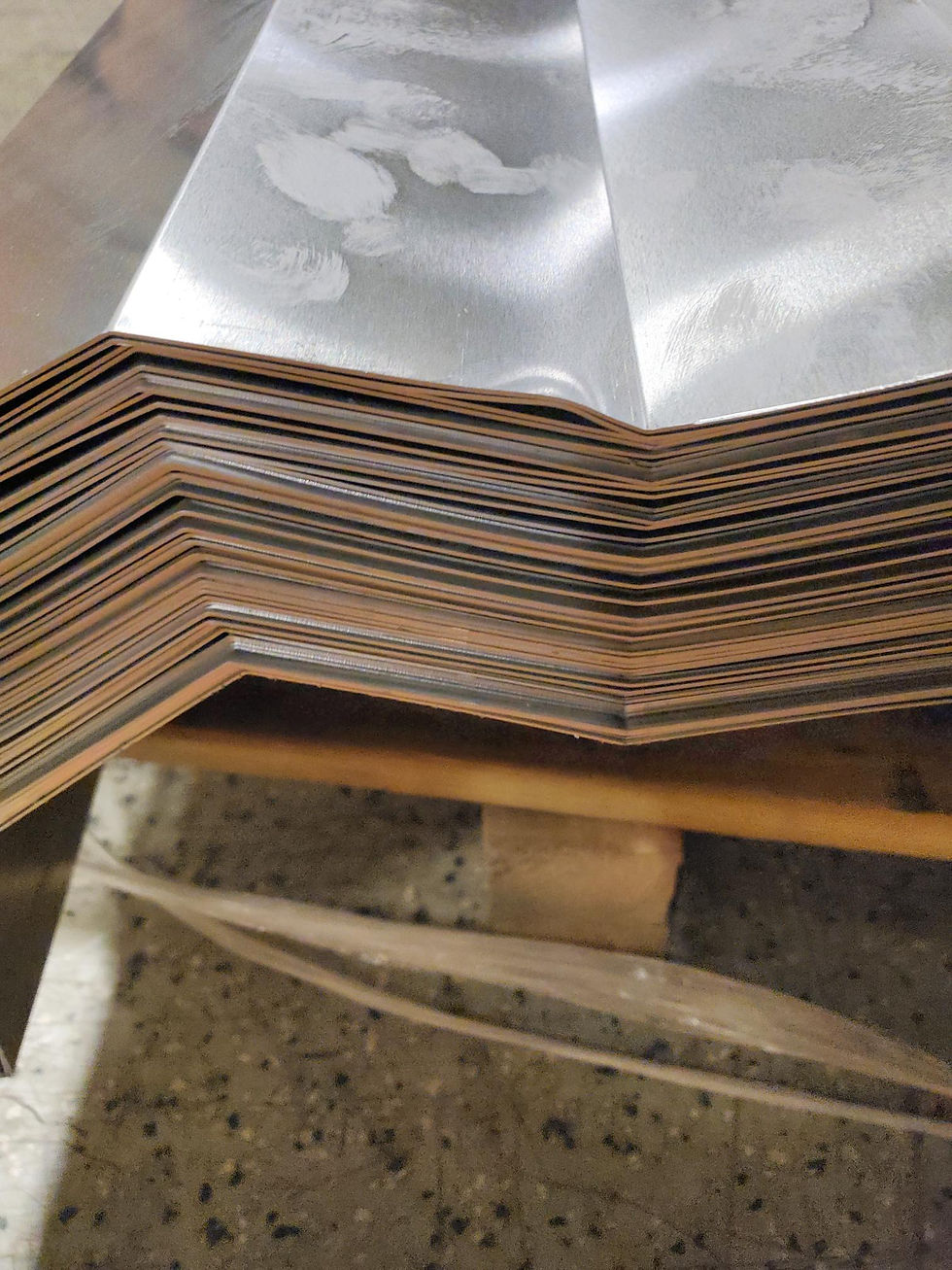The Tolerance Tango: Balancing Precision and Cost in Custom Metal Fabrication
- MetalFab Group
- Jul 22
- 3 min read

Every day, engineers face the same dilemma: How tight should tolerances be? An unwavering ±0.001" tolerance requirement could double production costs— but relaxing it to ±0.005" could easily maintain functionality while delivering savings of up to 20-40% on manufacturing. Welcome to the intricate dance of precision and cost-effectiveness—a routine we at MetalFab Group like to call "The Tolerance Tango." In the world of custom fabrication of sheet metal and tubing parts, tolerances play a starring role in determining both performance and budget. Let’s dive into how mastering the art of tolerancing can help you achieve the perfect balance between functionality and cost.
Step 1: Start with a Function-First Mindset
Every great dance begins with a clear purpose, and the same goes for designing your parts. Before setting tolerances, consider the function of your part:
Fit and Alignment: Will the part need to fit snugly with other components?
Clearance: Are there moving parts that require specific spacing?
Structural Integrity: Does the part need to withstand certain forces or loads?
Tolerances are like dance steps—they need to be in sync with the part’s purpose to ensure harmony between form and function.
Step 2: Cost-effective Precision Manufacturing—Finding the Right Rhythm
Precision and cost are inseparable partners in the tolerancing dance. While tighter tolerances can enhance accuracy, they often come with higher costs due to:
Additional manufacturing processes
Specialized equipment
Rigorous quality control
On the flip side, overly loose tolerances can compromise functionality. The key is to strike a balance—tight enough to meet performance requirements but not so tight that costs spiral out of control.
Step 3: Material and Fabricating Process Matter
The materials and manufacturing processes you choose set the stage for what tolerances are achievable within your budget. For example:
Laser Cutting: Delivers great precision, with typical tolerances ranging from ±0.002" to ±0.005", though it may cost more than punch pressing.
Punch Pressing: Tolerances are generally looser, often around ±0.010" to ±0.015", depending on tooling and material.
Press Brake Forming: Generally holds tolerances between ±0.010" and ±0.030", which is sufficient for many applications but less precise than laser cutting.
Material Properties: Different sheet metal grades and tubing alloys have unique characteristics that affect dimensional accuracy — for example, softer materials like aluminum are more prone to springback and distortion, which can make tight tolerances more challenging to achieve compared to harder stainless steel grades.
Understanding these variables can help you make informed decisions that align with your project goals.
Step 4: Design for Manufacturability
One of the best ways to keep costs in check is to design with manufacturability in mind. Our ISO 9001:2015 certified processes give us the framework to systematically collaborate with your team and identify areas where small tolerance adjustments can:
Improve production efficiency
Reduce material waste
Lower overall costs
Sometimes, even minor design tweaks can lead to significant savings without sacrificing functionality—and our certified quality system ensures these optimizations maintain the reliability your application demands.
Step 5: Communication is Key
Think of your blueprints as the choreography for the tolerancing dance. Clear and precise communication ensures everyone is on the same page. To avoid missteps:
Use industry-standard symbols to specify tolerances.
Ensure all stakeholders understand the requirements.
Clear communication minimizes errors, reduces rework, and keeps your project on track.
Step 6: Inspect and Test—The Grand Finale
No dance is complete without a flawless finish. Inspection and testing are the final steps to ensure your parts meet the desired tolerances. By incorporating quality control measures into your production process, you can:
Avoid costly rejections and delays
Ensure consistent performance
Deliver parts that meet or exceed expectations
Achieving A Harmonious Performance In Metal Fabrication
Precision and cost are inseparable partners in the world of metal tubes and sheet metal fabrication. By adopting a function-first mindset, balancing tolerances with cost considerations, and collaborating with MetalFab Group, you can choreograph a performance that’s both precise and budget-friendly.
Ready to optimize your next project's tolerance requirements? Let’s work together to harmonize function and form through the artful steps of tolerancing. Contact MetalFab Group today!





Comments